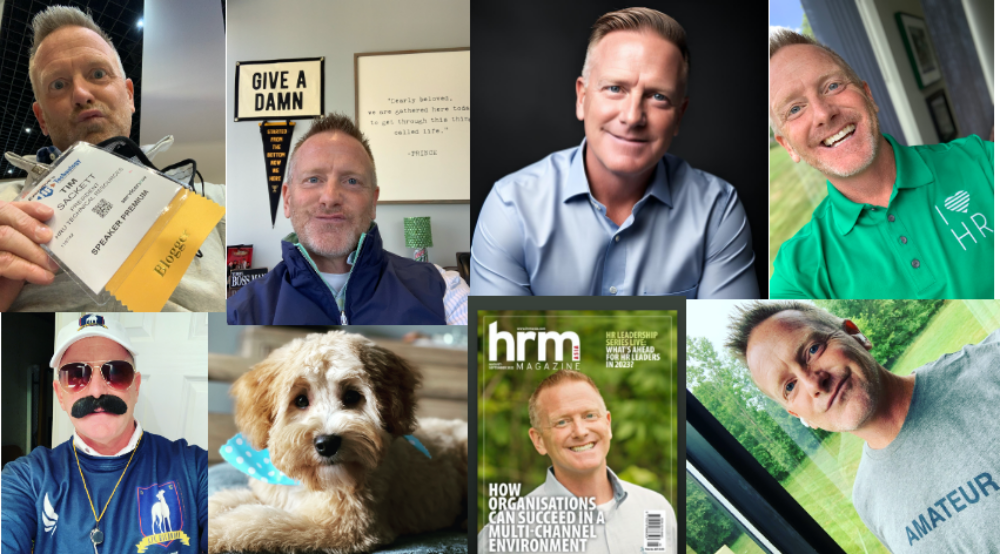T3 – Talent Tech Tuesday – is a weekly series here at The Project to educate and inform everyone who stops by on a daily/weekly basis on some great recruiting and sourcing technologies that are on the market. None of the companies who I highlight are paying me for this promotion. There are so many really cool things going on in the space and I wanted to educate myself and share what I find. If you want to be on T3 – send me a note.
This week on T3 I demo’d the recruiting robotics software LeoForce. LeoForce is basically an ATS add on that takes your sourcing function to the next level. While most ATS softwares start when you have identified someone as a candidate, LeoForce starts when you start sourcing and integrates with your ATS to make sure you have end to end coverage of your process.
Besides the ATS integration and functionality, LeoForce’s claim to fame is it’s recruiting robot Arya. Arya uses behavior pattern recognition to identify patterns from your best recruiters/sourcers, automates those behaviors, and repeat success, significantly boosting your ability to mutiply hires. Arya also automates portions of your recruiting process, from initial qualification and applicant collaboration, to finding qualified, interest candidates.
LeoForce also has a VMS tool which is a crawler app that will constantly update your VMS jobs and statuses, and move it into your ATS. This tool also communicates to recruiters with alerts on new jobs and status changes.
5 Things I really like about LeoForce:
1. Job Booster – In LeoForce you can create and post jobs with virtually one click to your own career site, job boards, social sites, etc. It takes the task of posting and broadcasting your open positions down to almost nothing.
2. Applicant Collaboration – Maybe the most powerful feature is how LeoForce communicates with potential candidates via email in a way that seems very personalized and non-robotic, automatically. This automation allows recruiters and sourcers to do other things, while the system does much of your pre-qualifying and screening. In the end the recruiting team is getting warm candidates to work with, not cold candidates.
3. Machine Learning – the system learns what your successes are, and continues to learn over time, to get better. It’s not a brand new search every time you begin a search. It’s not starting over, it’s continuing to build on prior successes. Another huge time saver, that moves your process along faster.
4. LeoForce makes your ATS what you wished it was when you bought it. That’s really the crux of the issue. Our ATSs just don’t have the sourcing and recruiting capabilities we need for 2015. The integration is seamless, pulling your jobs automatically from your ATS, giving you enhance search capabilities of your database and social recruiting functionality you probably never had.
5. It’s Inexpensive! I love the fact it only cost $100 per user per month. In my world $1200 a year is super cheap as compared to the tools you just handed a recruiter/sourcer that is using LeoForce.
Most companies fall into this trap. Our ATS just isn’t good enough for what we need in recruiting automation. Then we make the decision we better start looking at a new ATS that can do this. At a minimum that is a $100,000 to $150,000 spend over five years for small and medium sized business. Upwards of millions for enterprise organizations.
LeoForce is something you need to look at and demo if you believe your ATS just doesn’t have the recruiting capabilities you need, before you scrap your ATS for good. Or, if you’re just in the market for great recruiting automation, this is a tool you need to see. Check them out, it will be worth your time.

 orkforce Planning together in a single product. Gartner named them the ‘Cool’ product of 2014, and ‘Cool’ is an understatement!
orkforce Planning together in a single product. Gartner named them the ‘Cool’ product of 2014, and ‘Cool’ is an understatement!